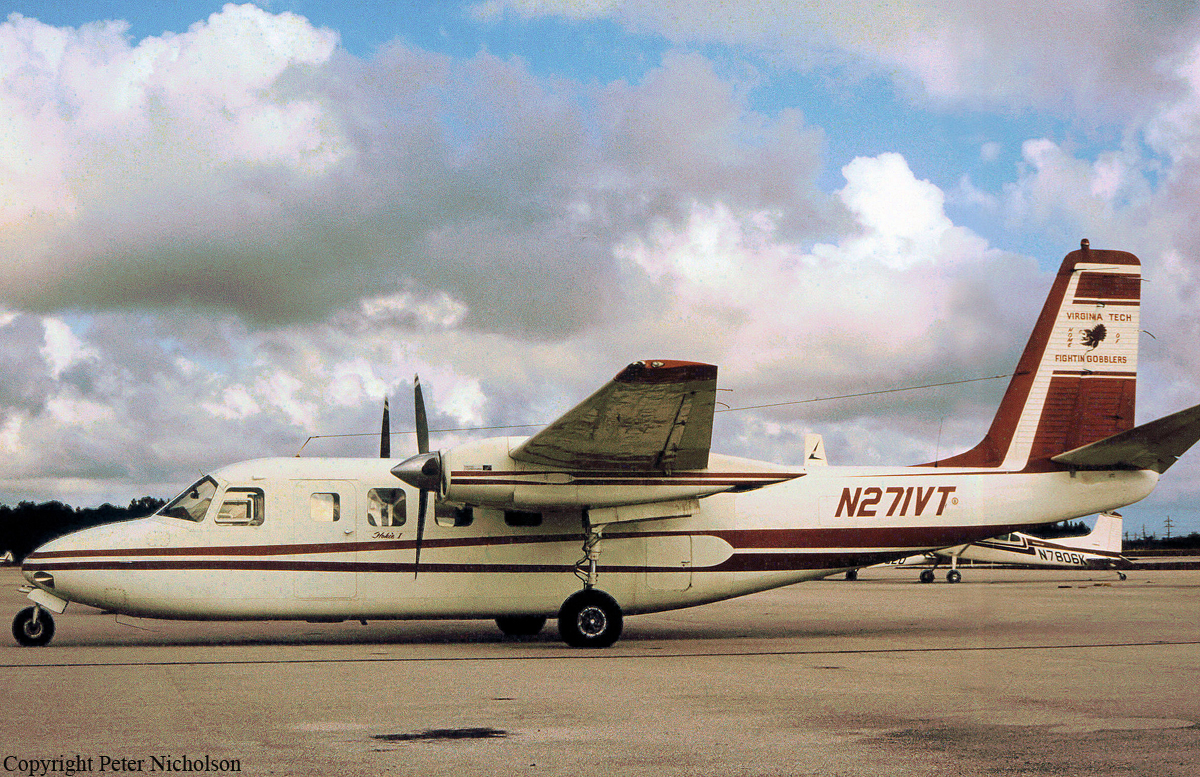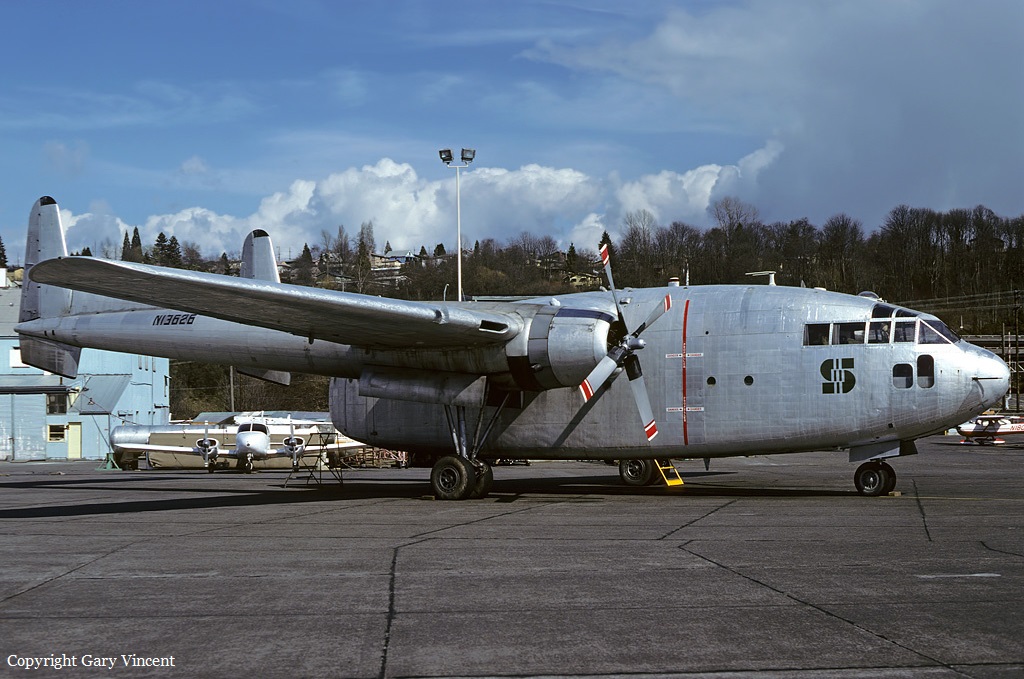Crash of a Rockwell Grand Commander 680FL in Monticello: 2 killed
Date & Time:
Jun 2, 1983 at 1723 LT
Registration:
N271VT
Survivors:
No
Schedule:
Cortez - Monticello
MSN:
680-1435-74
YOM:
1964
Crew on board:
2
Crew fatalities:
Pax on board:
0
Pax fatalities:
Other fatalities:
Total fatalities:
2
Circumstances:
The aircraft crashed while doing magnetometer surveys at low altitude. The right engine had lost power then regained it for a short period and lost it again. A videotape in the aircraft recorded the pilot saying, 'I changed that # just in time.' the aircraft yawed and the propeller slowed at the same time. The fuel selector valves were found on the center tanks. The boost pump switches were found in the off position. When changing from outboard to center tanks the boost pumps must be on or fuel starvation will occur. As the aircraft slowed the tape revealed that the copilot called out 'down to 90'. 90 mph is VMC. The aircraft stalled, shortly after the asymmetrical thrust rolled the aircraft to the right and into the ground. Both occupants were killed.
Probable cause:
Occurrence #1: loss of engine power (total) - nonmechanical
Phase of operation: cruise - normal
Findings
1. (f) fluid,fuel - starvation
2. (c) fuel tank selector position - delayed - pilot in command
3. (c) inattentive - pilot in command
4. (c) fuel boost pump selector position - not selected - pilot in command
5. (c) diverted attention - pilot in command
6. (c) in-flight planning/decision - improper - pilot in command
----------
Occurrence #2: loss of control - in flight
Phase of operation: cruise - normal
Findings
7. (c) airspeed (VMC) - not maintained - pilot in command
8. (c) stall - inadvertent - pilot in command
----------
Occurrence #3: in flight collision with terrain/water
Phase of operation: descent - uncontrolled
Phase of operation: cruise - normal
Findings
1. (f) fluid,fuel - starvation
2. (c) fuel tank selector position - delayed - pilot in command
3. (c) inattentive - pilot in command
4. (c) fuel boost pump selector position - not selected - pilot in command
5. (c) diverted attention - pilot in command
6. (c) in-flight planning/decision - improper - pilot in command
----------
Occurrence #2: loss of control - in flight
Phase of operation: cruise - normal
Findings
7. (c) airspeed (VMC) - not maintained - pilot in command
8. (c) stall - inadvertent - pilot in command
----------
Occurrence #3: in flight collision with terrain/water
Phase of operation: descent - uncontrolled
Final Report:





